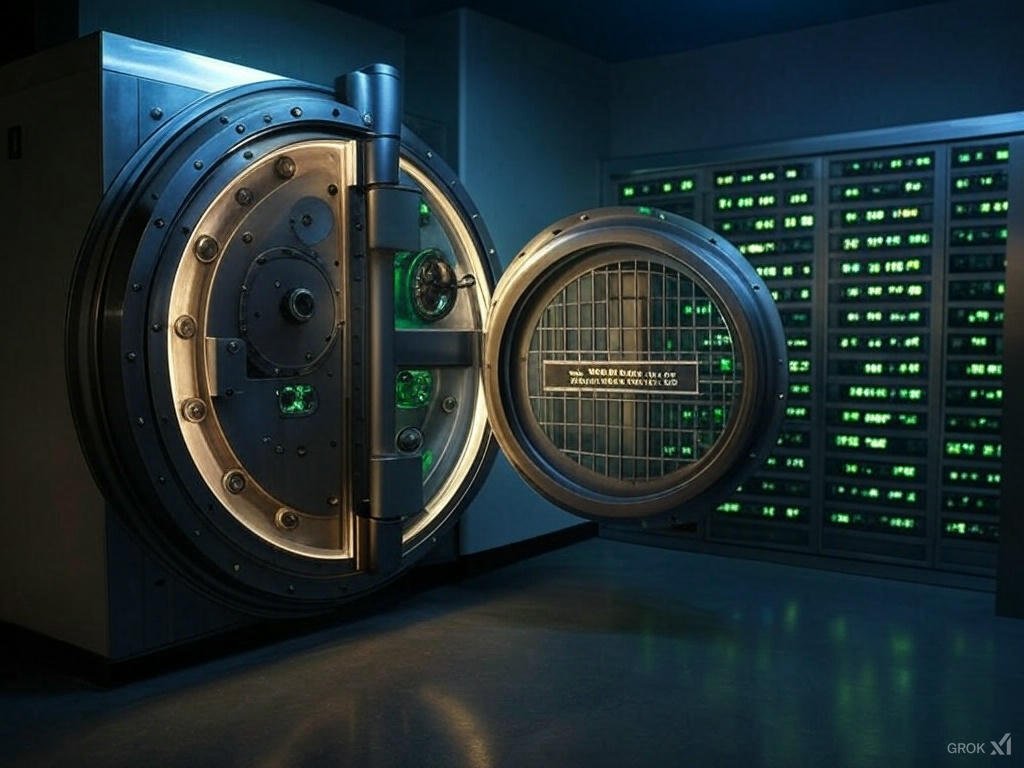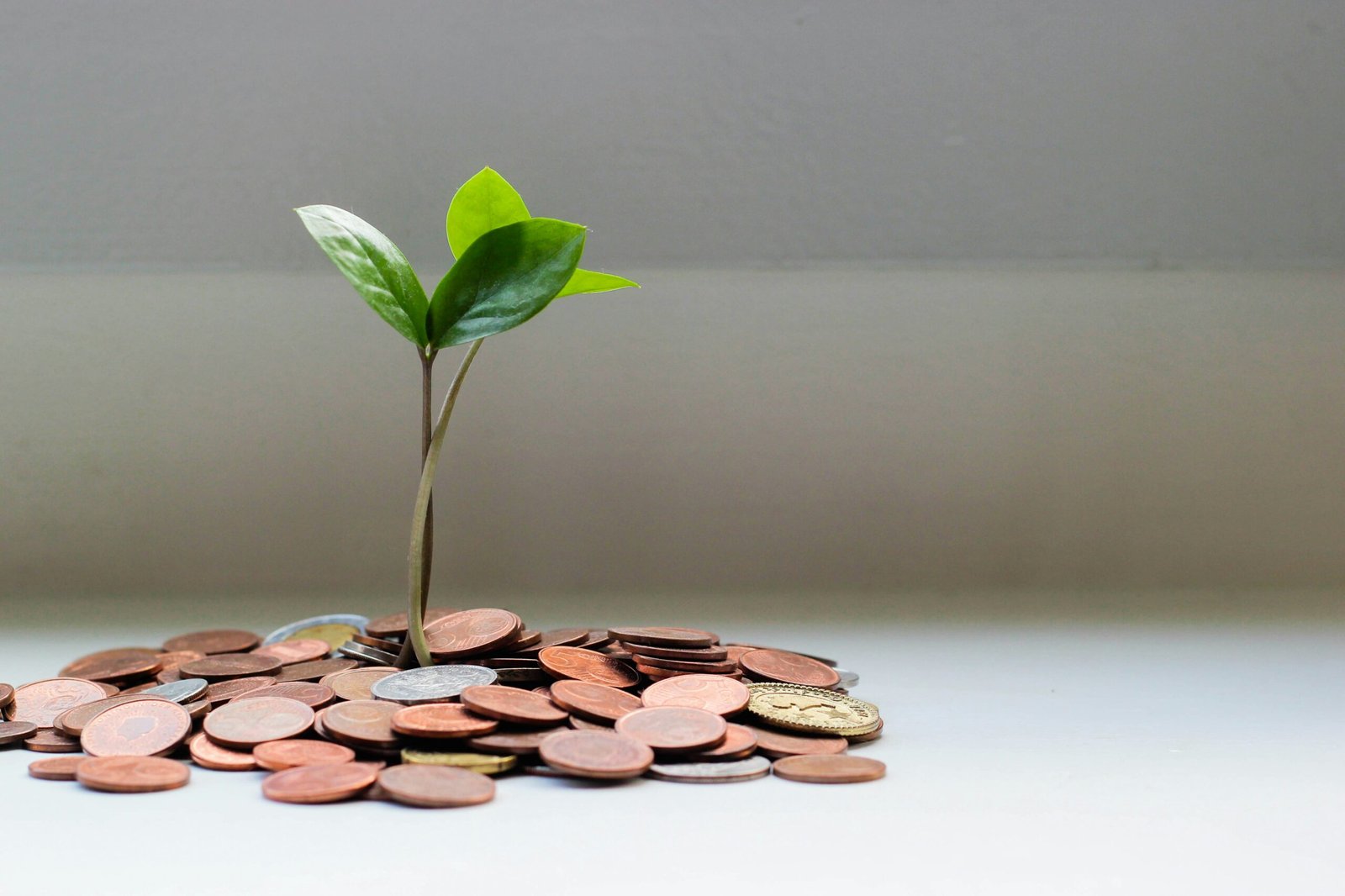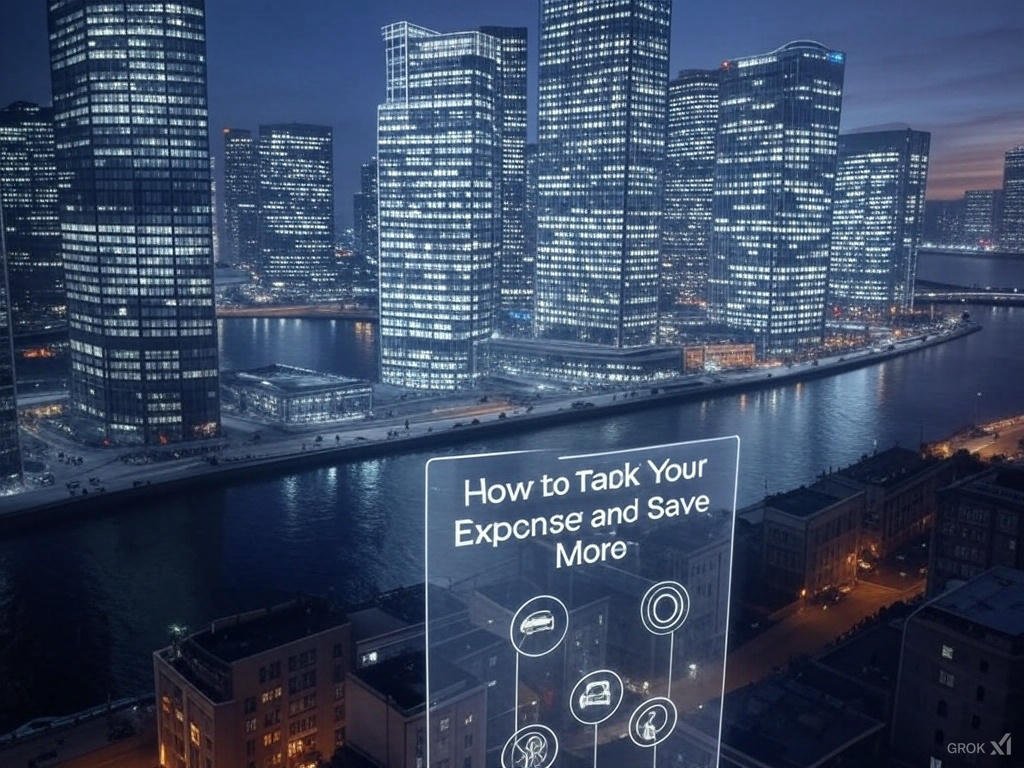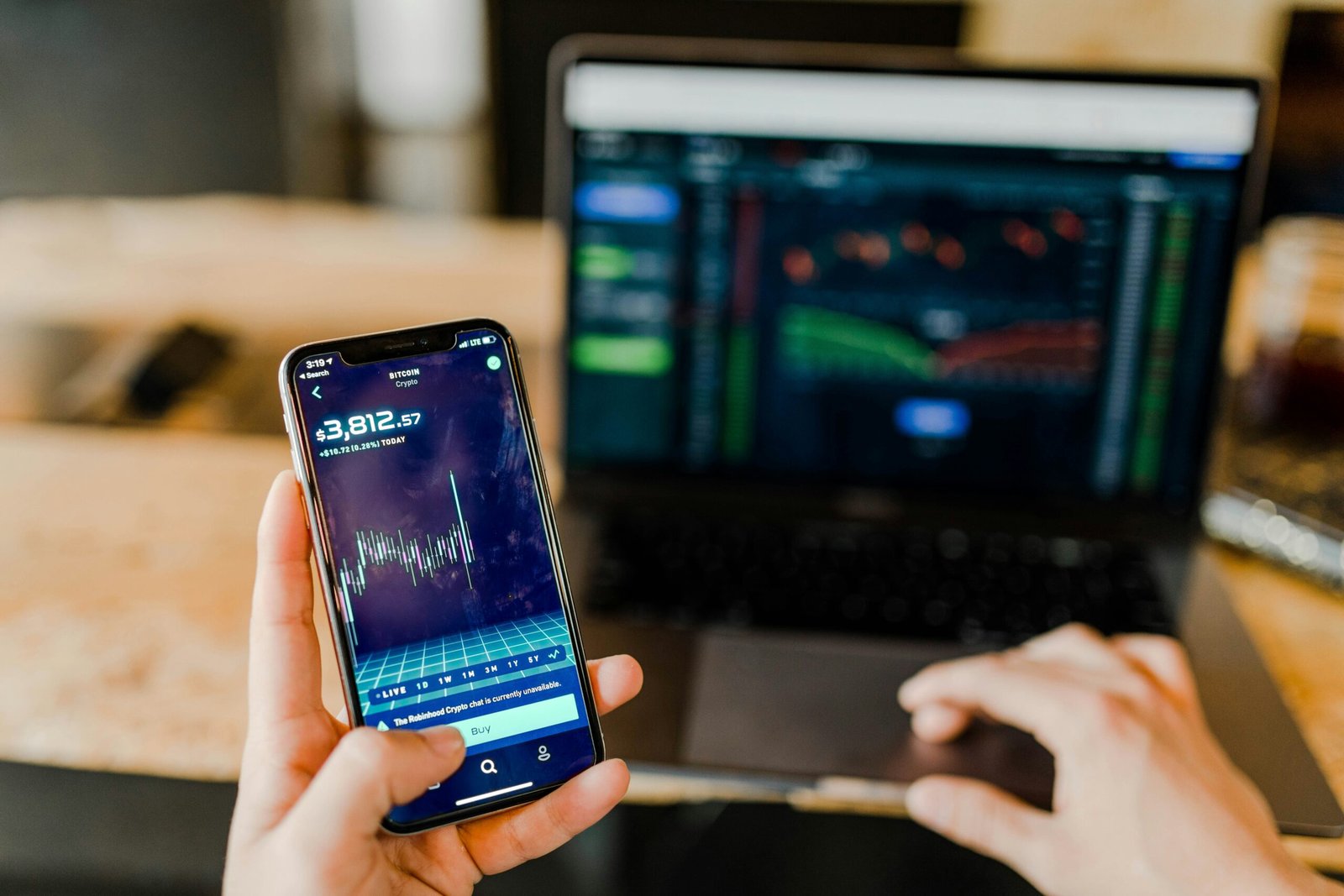Life is full of surprises—some good, some not so good. Imagine your car breaks down, your roof starts leaking, or you suddenly lose your job. Without a financial cushion, these unexpected events can quickly turn into full-blown crises. That’s where an emergency fund comes in.
Take Sarah, a 32-year-old teacher. When her car needed $1,200 in repairs, she didn’t panic. Why? Because she had an emergency fund. Instead of putting the expense on a credit card, she paid in cash and avoided sinking into debt.
In this guide, we’ll explore why an emergency fund is essential and how to build one step by step. You’ll learn practical tips, hear real-life stories, and discover expert advice to help you create a financial safety net that gives you peace of mind. Let’s dive in!
1. What Is an Emergency Fund?
The Basics
An emergency fund is a stash of money set aside to cover unexpected expenses or financial emergencies. It’s not for vacations, shopping sprees, or even planned expenses like holiday gifts. It’s your financial safety net when life throws you a curveball.
Why It’s Different from Savings
- Savings: For planned goals like a down payment or vacation.
- Emergency Fund: For unplanned events like medical bills or job loss.
Real-Life Example
John, a 29-year-old engineer, used his emergency fund to cover three months of living expenses after being laid off. “It gave me time to find a new job without stressing about bills,” he says.
2. Why You Need an Emergency Fund
The Financial Safety Net
An emergency fund protects you from:
- Unexpected Expenses: Car repairs, medical bills, home repairs.
- Income Loss: Job loss, reduced hours, or freelance dry spells.
- Peace of Mind: Knowing you’re prepared for the unexpected.
Research-Backed Data
A Federal Reserve report found that 40% of Americans can’t cover a $400 emergency. Without an emergency fund, many turn to high-interest credit cards or loans, which can lead to long-term debt.
Expert Insight
“An emergency fund is your first line of defense against financial setbacks. It’s not a luxury—it’s a necessity,” says financial advisor Suze Orman.
3. How Much Should You Save?
The 3–6 Month Rule
Most experts recommend saving 3–6 months’ worth of living expenses. Here’s how to calculate it:
- List Monthly Expenses: Rent, utilities, groceries, transportation, etc.
- Multiply by 3–6: Aim for 6,000–12,000 if your monthly expenses are $2,000.
When to Save More
- Freelancers or Gig Workers: Save 6–12 months due to irregular income.
- Single-Income Households: Aim for 6+ months for added security.
Real-Life Example
Emily, a freelance writer, saved six months’ worth of expenses after a client unexpectedly dropped her. “It took time, but it was worth it,” she says.
4. How to Build an Emergency Fund Step by Step
Step 1: Start Small
- Set a Mini Goal: Save 500–1,000 initially.
- Automate Savings: Set up weekly transfers of 20–50.
Step 2: Cut Expenses
- Review Subscriptions: Cancel unused services.
- Dine Out Less: Cook at home and pack lunches.
- Shop Smarter: Use coupons and buy generic brands.
Step 3: Increase Income
- Side Hustles: Freelance, drive for Uber, or sell unused items.
- Windfalls: Deposit tax refunds, bonuses, or gift money into your fund.
Real-Life Example
Mike, a 35-year-old teacher, saved $3,000 in a year by cutting back on dining out and selling old electronics.
5. Where to Keep Your Emergency Fund
The Goldilocks Rule
Your emergency fund should be:
- Accessible: Easy to withdraw in an emergency.
- Safe: Not subject to market fluctuations.
- Earning Interest: Grow your money with a high-yield savings account.
Best Options
- High-Yield Savings Account: Earn 3–4% interest (e.g., Ally Bank, Marcus by Goldman Sachs).
- Money Market Account: Combines savings and checking features.
- Certificates of Deposit (CDs): Higher interest but less liquid.
Expert Insight
“Your emergency fund should be liquid and low-risk. A high-yield savings account is the perfect balance,” says financial planner Jane Bryant Quinn.
6. When to Use Your Emergency Fund
What Qualifies as an Emergency?
- Job Loss: Cover living expenses while job hunting.
- Medical Bills: Unexpected health issues or accidents.
- Car or Home Repairs: Essential fixes to keep your life running smoothly.
What Doesn’t Qualify?
- Vacations: Save separately for travel.
- Shopping: Avoid impulse buys.
- Planned Expenses: Budget for holidays or birthdays.
Real-Life Example
Lisa, a 40-year-old mom, used her emergency fund to replace a broken furnace in the middle of winter. “It was a lifesaver,” she says.
7. Replenish Your Fund After Use
Why It’s Important
Using your emergency fund depletes your safety net. Replenishing it ensures you’re prepared for the next unexpected event.
How to Rebuild
- Adjust Your Budget: Temporarily cut back on non-essentials.
- Set a Timeline: Aim to replenish within 6–12 months.
- Automate Savings: Resume automatic transfers to your fund.
Real-Life Example
After using $2,000 for car repairs, John adjusted his budget and replenished his fund in eight months.
Conclusion: Your Financial Safety Net Awaits
An emergency fund isn’t just about money—it’s about peace of mind. It’s the difference between weathering a storm and being swept away by it. By starting small, cutting expenses, and automating savings, you can build a financial cushion that protects you from life’s surprises.
Take inspiration from Sarah, who went from living paycheck to paycheck to having a fully funded emergency fund. Your journey starts today. Ready to take the first step?
FAQs
Q: How much should I save in my emergency fund?
A: Aim for 3–6 months’ worth of living expenses, but start with 500–1,000.
Q: Where should I keep my emergency fund?
A: A high-yield savings account is ideal—it’s safe, accessible, and earns interest.
Q: What if I can’t save much right now?
A: Start small! Even 20/weekaddsupto1,040 in a year.
Q: Can I invest my emergency fund?
A: No. Your emergency fund should be low-risk and easily accessible.




